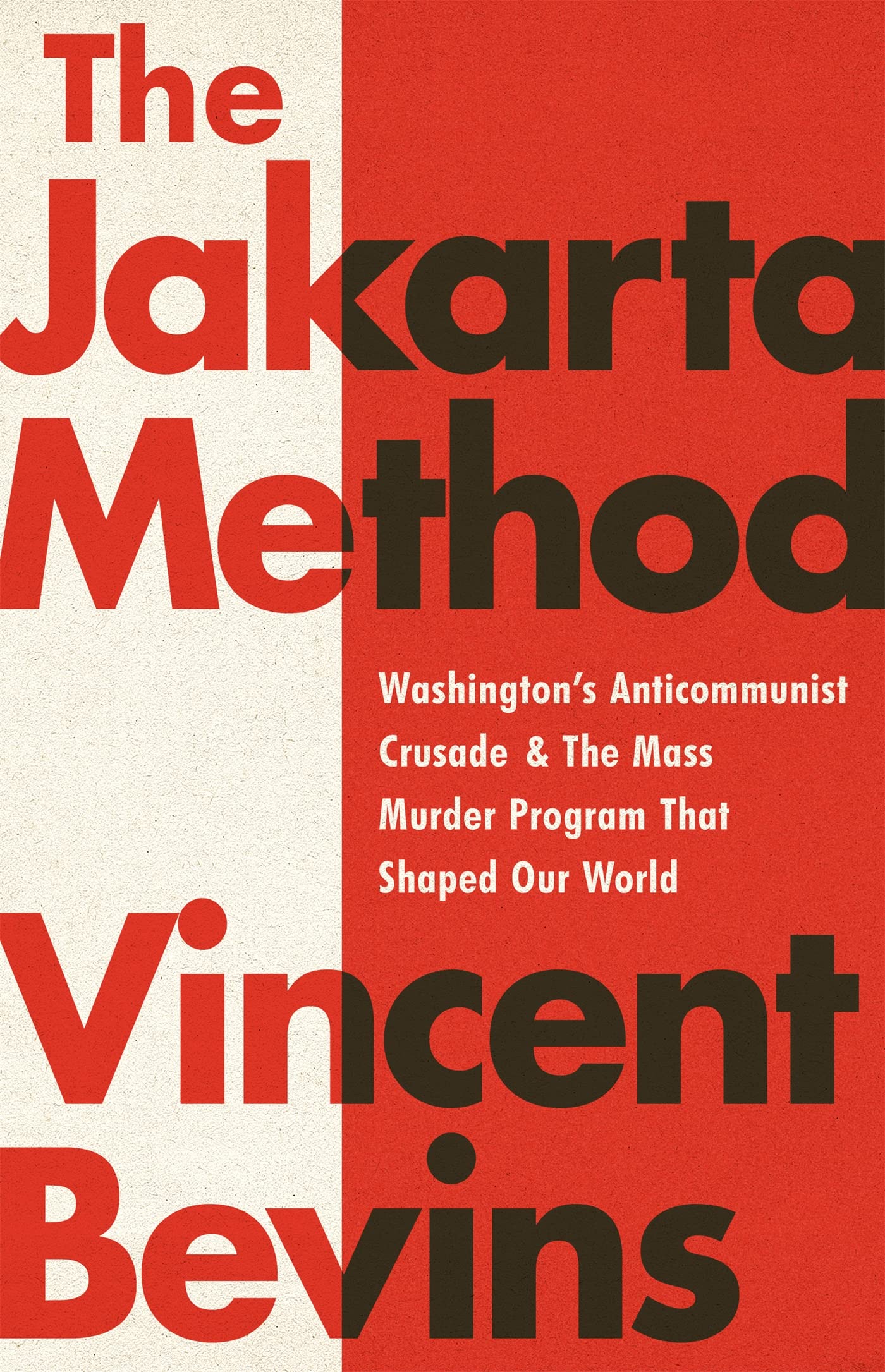Goblin a publié une critique de The Jakarta Method par Vincent Bevins
Intro to neocolonialism
3 étoiles
It's a journalist telling the story of 20th century global colonialism as implemented by the CIA and US State department. We learn about the topic through stories about some of the people affected by the murderous programs. Stories based on interviews make the book more accessible than a more academic approach. So if the topic of neocolonialism is new to someone, this book would be a good entry point.
When the subtitle refers to an "anticommunist crusade" it seems to reinforce Washington's propaganda. I would have preferred the cover to name it accurately as "colonialism".
The book focuses on Southeast Asia and Latin America. Those are not the only places in the world where the CIA was active in disrupting local governments. I would have liked to see wider geographic coverage, but I suppose the journalistic approach taken by the author made that difficult to accomplish.
It's a journalist telling the story of 20th century global colonialism as implemented by the CIA and US State department. We learn about the topic through stories about some of the people affected by the murderous programs. Stories based on interviews make the book more accessible than a more academic approach. So if the topic of neocolonialism is new to someone, this book would be a good entry point.
When the subtitle refers to an "anticommunist crusade" it seems to reinforce Washington's propaganda. I would have preferred the cover to name it accurately as "colonialism".
The book focuses on Southeast Asia and Latin America. Those are not the only places in the world where the CIA was active in disrupting local governments. I would have liked to see wider geographic coverage, but I suppose the journalistic approach taken by the author made that difficult to accomplish.

